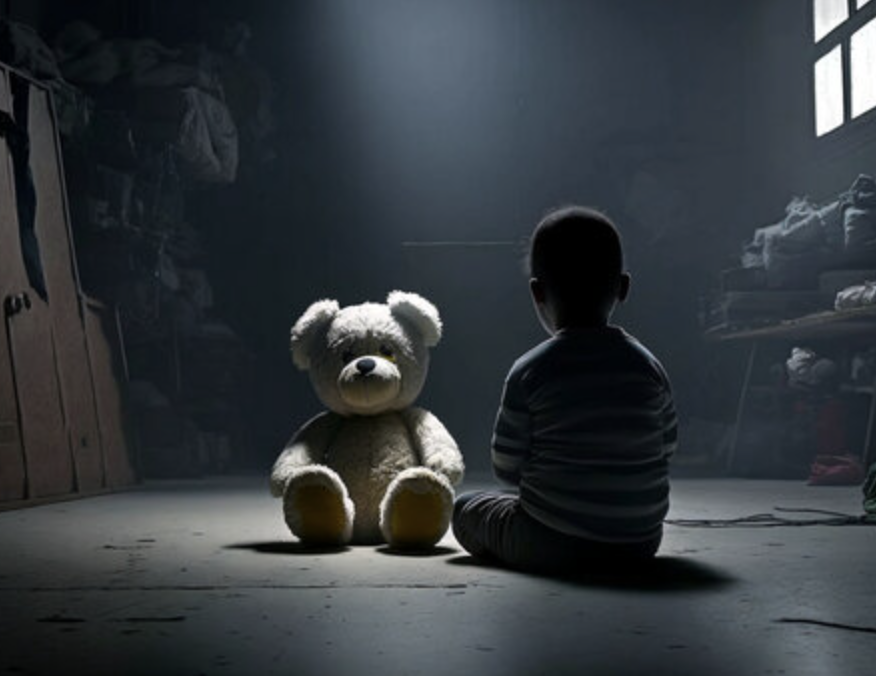Parental Gaslighting: A Compassionate Approach to Recognizing and Responding to Parental Gaslighting
1. What is parental gaslighting: Understanding the impact of parental gaslighting Gaslighting is a harmful and manipulative form of psychological abuse. It occurs when someone, typically a parent, distorts the truth, denies reality, and undermines the victim’s perception of their own experiences. Gaslighting dynamics can have devastating effects on a child’s emotional well-being, self-esteem, and overall mental health. In this blog, we will explore the concept of gaslighting, provide examples of gaslighting behaviors, discuss how to respond and cope with gaslighting, and offer a compassionate approach to navigating the complexities of parental gaslighting. If you have ever wondered what gaslighting is, how it affects individuals, and how to address this form of abuse, this blog is for you. 2. Why do parents gaslight: The importance of a compassionate approach Understanding why people engage in gaslighting behavior is a crucial step toward addressing and tackling this form of abuse. It is essential to approach this topic with compassion and empathy, as it allows us to develop a deeper understanding of the underlying dynamics. Many factors contribute to someone’s inclination to gaslight others, particularly within a parent-child relationship. Often, individuals who engage in gaslighting behavior have experienced a history of abuse themselves, leading them to replicate harmful patterns within their own families. Additionally, people may gaslight as a means of maintaining control and power over others, as it allows them to manipulate and dominate their victims. However, it is important to remember that compassion does not excuse or condone gaslighting behaviors. Rather, it serves as a starting point for healing and intervention. By understanding the root causes and complexities associated with gaslighting, we can better address the issue with empathy and support, both for the victims and the perpetrators. In the following sections, we will delve deeper into the various reasons why people engage in gaslighting behavior and discuss how a compassionate approach can aid in recognizing and responding to parental gaslighting. 3. Reading between the lines: Recognizing signs of parental gaslighting Recognizing signs of parental gaslighting is essential in order to intervene and protect those who may be experiencing this form of abuse. Gaslighting can be subtle and difficult to identify, as it often involves manipulation and the distortion of reality. By learning to read between the lines, we can begin to recognize the signs and patterns that indicate gaslighting behavior. One common tactic used by gaslighting parents is the creation of doubt and confusion in their child’s mind. They may consistently undermine their child’s perception of reality, causing them to question their own thoughts, emotions, and experiences. Gaslighters may also employ tactics such as denial, deflection, and blame-shifting, making it challenging for the child to trust their own feelings and judgment. Another sign of parental gaslighting is the consistent invalidation of the child’s emotions. Gaslighting parents often dismiss their child’s feelings, making them believe that their emotions are wrong or overreactive. This invalidation can lead to a sense of shame and self-doubt in the child, further entrenching the gaslighting dynamic. It is also important to pay attention to the power dynamics within the parent-child relationship. Gaslighting parents often exert excessive control and dominance over their children, leaving them feeling powerless and dependent. This control can manifest in various ways, including isolating the child from supportive relationships, dictating their daily activities, and enforcing strict rules and punishments. However, it is crucial to approach the recognition of parental gaslighting with compassion and sensitivity. We must remember that the gaslighting parent may also be a victim of their own past traumas or psychological issues. By doing so, we can maintain a non-judgmental and understanding attitude towards both the child and the gaslighting parent. In the next section, we will explore effective strategies and responses to parental gaslighting, focusing on the importance of compassion and empathy in breaking the cycle of abuse. 4. How to respond to gaslighting: Responding to parental gaslighting with empathy When faced with parental gaslighting, it can be challenging to know how to respond effectively while maintaining compassion and empathy for both the child and the gaslighting parent. It is important to remember that the goal is to break the cycle of abuse and create a safe and healthy environment for the child. Here are some strategies for responding to parental gaslighting with empathy: 1. Validate the child’s experiences: The first step in responding to parental gaslighting is to validate the child’s emotions and experiences. If you are an adult, revisit your childhood and forgive yourself to learn certain feelings in wrong way. If you have a children, let them know that their feelings and perceptions are valid and important, and reassure them that they are not alone. 2. Create a safe space for open communication: Establish an environment where the child feels comfortable expressing themselves openly and honestly. Encourage them to share their thoughts, feelings, and concerns without fear of judgment or retribution. A journal or a friend can help in teenagers and adults. 3. Provide unconditional support: Let the child know that you believe them and that you are there to support them unconditionally. Offer reassurance and empathy, and avoid questioning or doubting their experiences. For an adult, do a list what do you like to do, redo or try for the first time; check this list an focus in giving to yourself a gift time to time. 4. Encourage professional help: Gaslighting can have long-lasting psychological effects on the child. It is important to encourage them to seek professional help from therapists or counselors who specialize in abuse and trauma. These professionals can provide the necessary support and guidance to help the child heal and regain their sense of self. Remember: It’s NOT a money waste to seek for help. You can be much more productive if you are in better mental state. Invest in your mental health pay off in a long run. 5. Educate yourself and others: Take the time to educate yourself about gaslighting and its impact on children. Share this knowledge with




